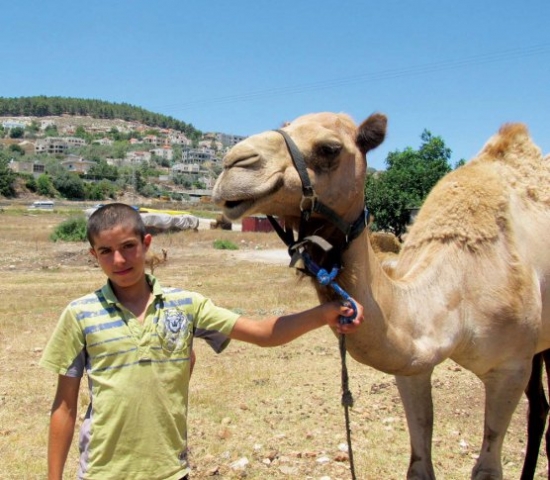
Ali with a camel
Text & Photo by Lydia Aisenberg
Sixty two year old Ali Buerat sits in the shade of his veranda, half a dozen of his twenty-something (he gives up on the exact figure after deep thought and active finger counting) grandchildren playing around his feet.
On the table is a traditional style copper coffee pot of local 'stand-a-teaspoon-up-in' strong brew and a plastic bottle of cold fizzy lemonade. Alongside Ali, his jovial wife directs older grandchildren to tend to a smaller sibling who has banged her head on the stone steps leading to the second floor of the building.
Coupled with the laughing, crying and general blurb of chit-chat between grandchildren and a visiting relative from the village of Kfar Kara a few kilometers away, sheep bleat, chickens squawk, and now and then camels tethered in a field on the other side of his spacious home throw in their deep grunts of ‘don’t forget the Dromedaries’.
The one-hump camel grunts somewhat clash when a loudspeaker kicks into action and the local muezzin calls out for the faithful to come to pray in the small yellow-domed village mosque just meters away.
Throw in scores of cars, heavy duty trucks, buses and roaring motor bikes travelling the main road fifty paces away and you have the daily cacophony of the Buerat family. However, on the shady veranda the sound of the traffic seems muffled except for the frequently passing patience-lacking horn blowers among the drivers.
Had I been sitting in the southern part of Israel where the majority of Israel’s Bedouin tribes live, many of the sounds – especially the camels and sheep – would be as natural as the scorching sun and parched desert surroundings. But in central Israel, more specifically in Wadi Ara, with the busy Route 65 highway passing through a narrow pass between the Amir mountain range and Menashe Hills, the sight of tethered camels grazing at the roadside is a rare sight and more than enough to make this writer do a double take; and that was before spotting a battered piece of cardboard tied to a pole at the side of the road proclaiming that there was camel milk for sale.
To turn off the main road and make the short descent to the valley basin where the camels idle away, is not for the fainthearted, and after taking one look at the height of the animal and the smallness of the udder, milking one is also not for the fainthearted. The animals not only grunt but also hiss and have a kick any professional footballer can only dream about.
So, what’s with camels in Wadi Ara, Ali?
“Well, it all started with a horse,” explains Ali as he pours a glass of cold camel milk for yours truly to taste.
“My grandchildren love animals,” he says with a broad smile as a chorus of bleating, squawking and camel grunts sweeps over the veranda.
“The older ones were nagging me to get a horse for a long time but I resisted and anyway they had the sheep, chickens and what have you,” he says with a grin. But then says he had buckled to pressure when offered a camel by a man from Beersheba who had married a local lady living in the second half of the village built on a steep hill on the other side of the road.
“The man from Beersheba bought a piece of land on top of the Menashe Hills from someone in Ara village. He had dreams of living in a house on a hill and rearing camels, and at one time he had fifty or sixty animals, none of which you could see from the main road,” he explains. After some time the man sold the camels but kept one, the one that eventually ended up with Ali. “That one turned into ten over the last few years,” he says with a chuckle.
Also named Ali, a 14-year-old grandson takes care of the herd. Not only does he share his grandfather’s name but also his smile. Ali junior is a tall, slim and handsome young man who spends four hours every day walking his camel herd in the area between the Buerat extended family homes and Mei Ami, a Jewish community of sixty families living on the top of the mountain and literally hugging the pre-1967 border between the State of Israel and the Jordanian controlled West Bank.
Ali is also the milkman. He extracts two and a half liters a day and eager buyers pay 50 shekels (ten pound sterling) for a liter of what would seem is almost white gold.
“Camel milk is good for you, very healthy,” says Ali senior as he downs another glass although just a few minutes before he had explained that he had not worked for many years due to heart, kidney and other ailments including diabetes. When this was pointed out he responded with yet another charming smile – “I’ve only had the camels for a year and a half, remember.”
Camel milk is high in both protein and vitamin C and low in cholesterol. With loads of minerals such as sodium, potassium, magnesium and more, the milk is easily digestible for folks with lactose intolerance and is purported to be a possible cure for many known diseases and illnesses.
So how did I take to my first glass of ultra-nutritious milk from a humped one – well, as healthy as it might be – I cannot say I found it tasty but maybe it will become an acquired taste before I get any of the illnesses and diseases the locals believe it can kick out of one’s system.
There are very few Bedouin in the Wadi Ara area and, intrigued, I asked Ali senior how many generations the Buerat family – or hamula as it is known in Arabic – have lived there.
“I really don’t know but I can tell you that I was born here just after the founding of the State of Israel. My father, grandfather and great grandfather all lived and raised their families here. Before that – well, who knows?” he says, shrugging his shoulders and lifting his hands upward toward the sky.
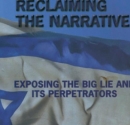 Israel: Reclaiming the Narrative - A Review
Israel: Reclaiming the Narrative - A Review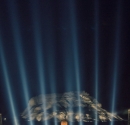 ESRA Outing to Aida at Masada
ESRA Outing to Aida at Masada 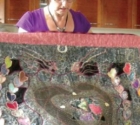 Coffee Group for Immigrants enters 5th year
Coffee Group for Immigrants enters 5th year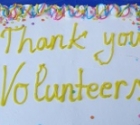 A new website in English - on Volunteering - Launched in Israel
A new website in English - on Volunteering - Launched in Israel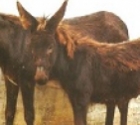 Help Needed for Abused Horses and Donkeys
Help Needed for Abused Horses and Donkeys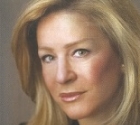 Heather's Heseg
Heather's Heseg Lydia Aisenberg
Lydia Aisenberg